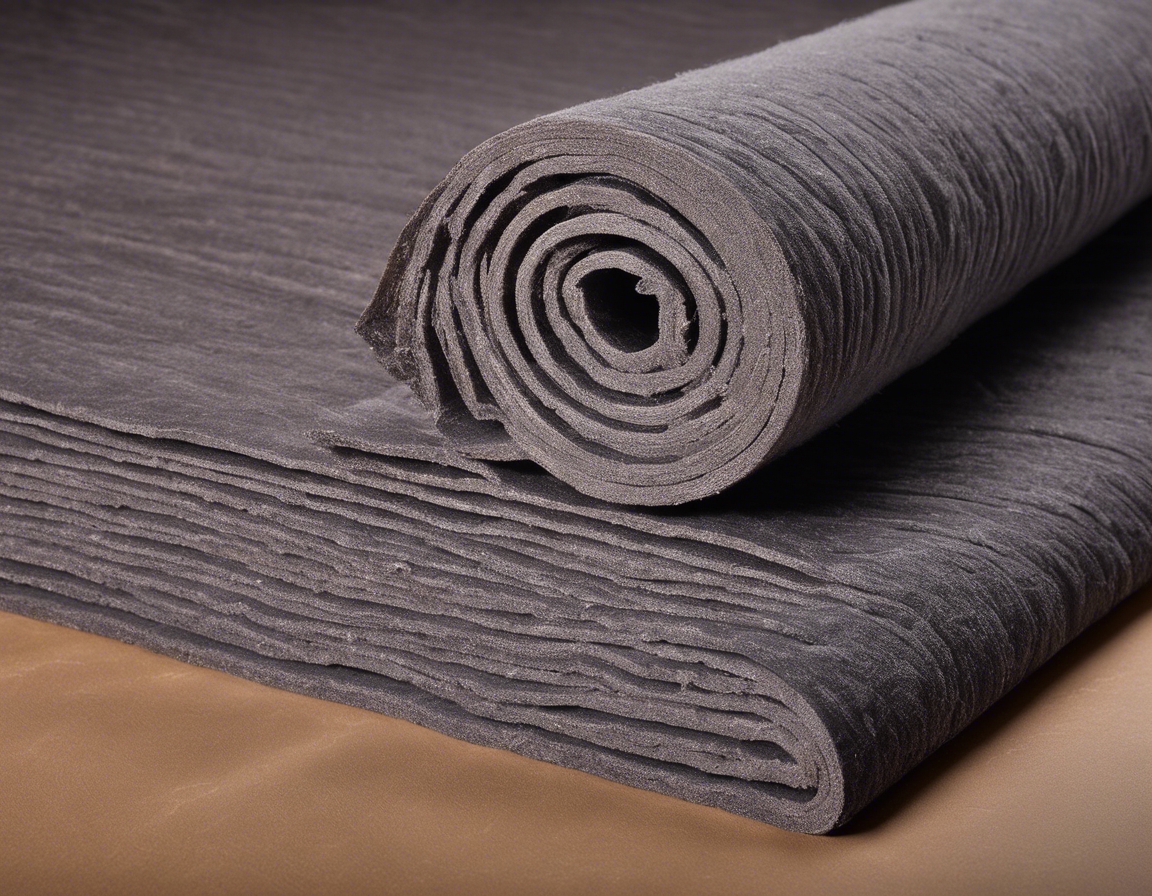Plastering techniques for a flawless finish
Plastering is a skilled trade that involves the application of plaster to walls and ceilings to achieve a smooth or textured surface. It's a critical step in the construction and renovation process, providing both aesthetic appeal and structural integrity to buildings.
Proper plastering can significantly impact the durability, energy efficiency, and overall quality of a building. It's essential for creating a flawless finish that not only looks good but also withstands the test of time.
Preparation for Plastering
Before beginning any plastering project, it's crucial to assess the condition of the surface. Identifying any cracks, dampness, or uneven areas is key to ensuring a successful application.
Having the right tools and materials is essential for efficient plastering. This includes trowels, hawks, mixers, and the appropriate type of plaster for the job at hand.
Protecting the work area with drop cloths and securing any loose fixtures will help maintain a clean environment and prevent damage during the plastering process.
Plastering Techniques for Different Surfaces
When plastering on new drywall, it's important to apply a primer or sealer to ensure proper adhesion. Techniques such as skimming can be used to achieve a smooth finish.
Re-plastering requires careful preparation to ensure the new plaster adheres properly. This may involve scoring the old plaster or applying a bonding agent.
Understanding the properties of different plasters, such as gypsum or lime-based plasters, is crucial for selecting the right product for each specific application.
Advanced Plastering Techniques
Creating a smooth finish requires a steady hand and precise technique. Multiple thin layers may be applied, with each layer being allowed to dry and then smoothed before the next is added.
Decorative finishes, such as textured or patterned plaster, can add character to a room. Techniques like stippling, combing, or creating relief patterns require specialized tools and skills.
For a robust finish, plaster may be applied in layers. This technique involves a base coat, followed by one or more finish coats, each with specific purposes and characteristics.
Tips for a Perfect Plastering Job
Mixing plaster to the right consistency is vital for ease of application and achieving the desired finish. It should be neither too thick nor too runny.
Efficient application techniques can save time and reduce waste. Using the correct trowel movements and angles is essential for a uniform layer of plaster.
Avoiding common mistakes such as overworking the plaster, applying too thick a layer, or not allowing adequate drying time between coats is crucial for a flawless finish.






Comments (0)